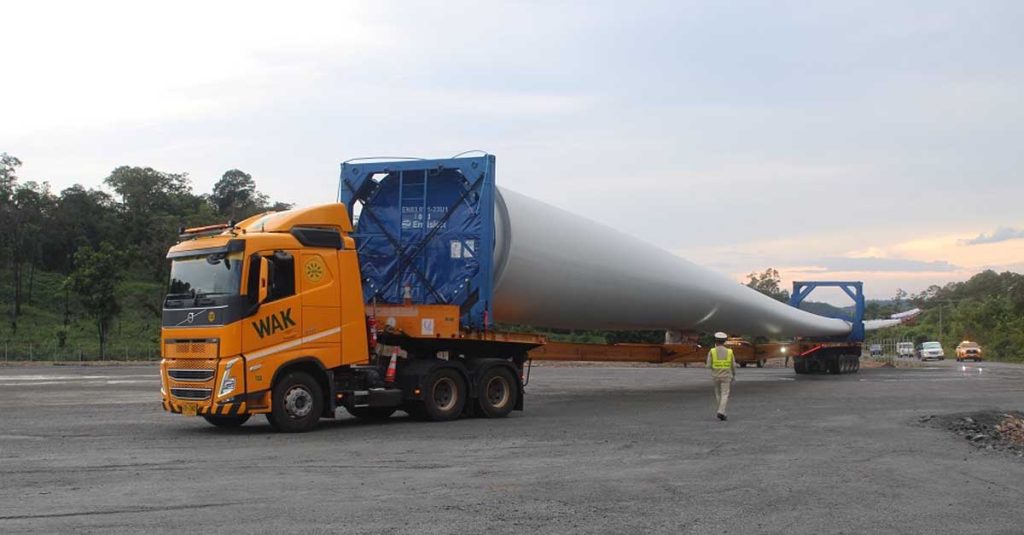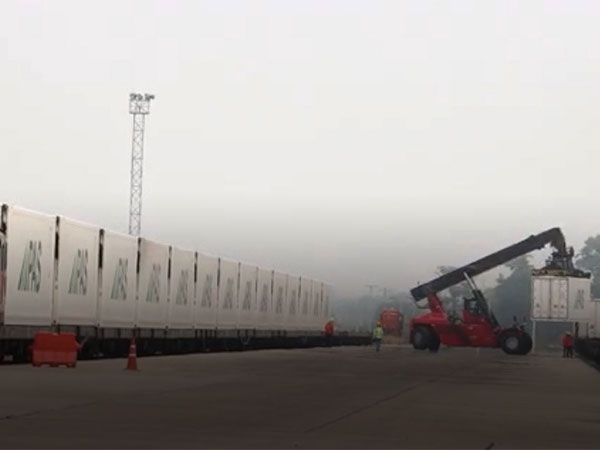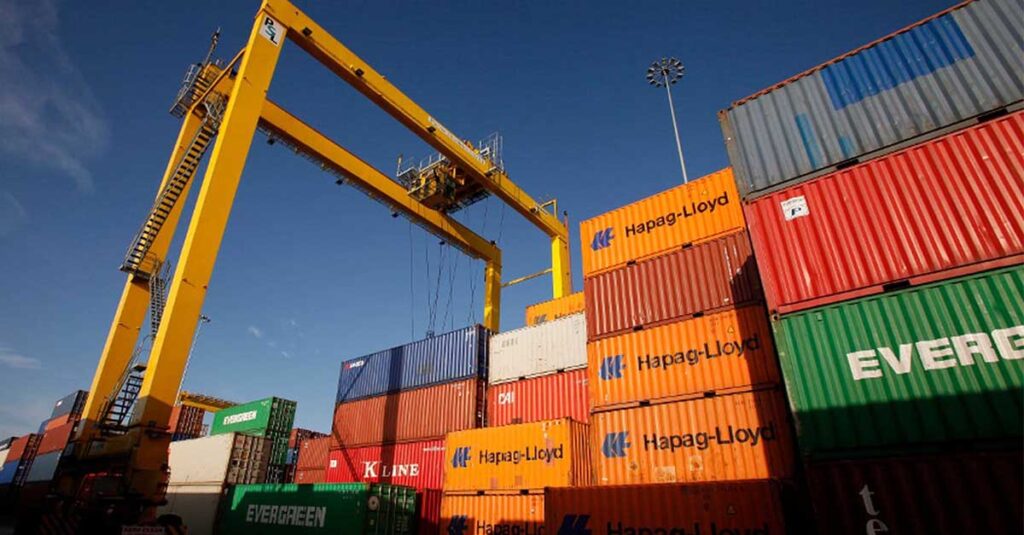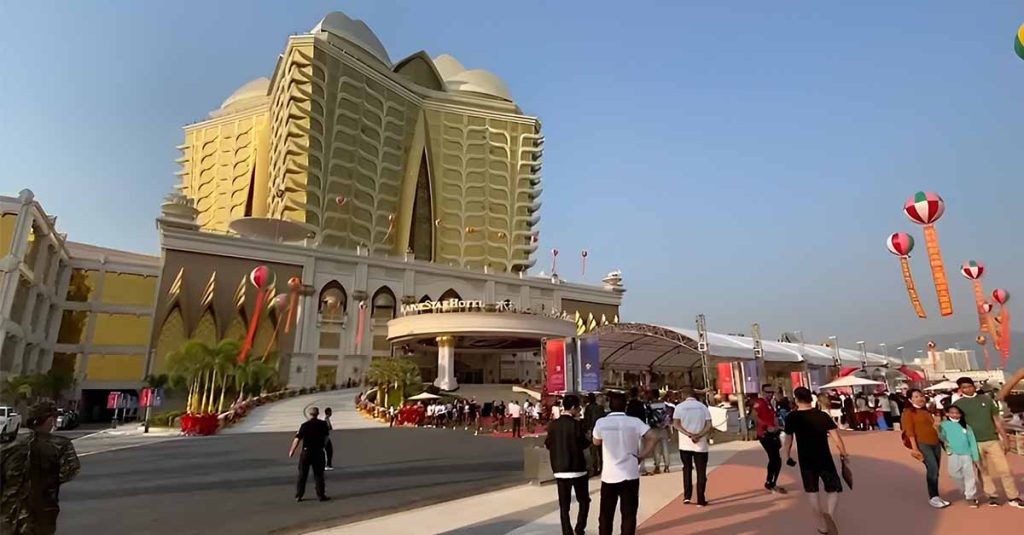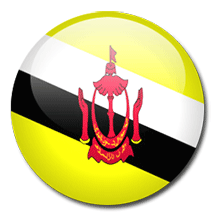Micro, small and medium enterprises (MSMEs) are being encouraged to use the latest edition of the “Guide to Disaster Resilience,” a handy reference on business continuity planning and disaster risk reduction and management launched at the recent National MSME Summit 2023.
The second edition of the “Guide to disaster resilience: a guidebook for micro, small, and medium enterprises” contains checklists and guide questions that can help MSMEs assess business risks and make the necessary preparations to ensure their operations continue even when disasters or emergencies happen.
The updated and expanded manual also provides guidance on how to quickly recover from different crises that businesses may face as well as shares real-life stories of MSMEs that displayed resilience especially during the COVID-19 pandemic.
First introduced in 2020, the MSME guidebook was designed to help MSMEs adapt to the impacts of the pandemic through understanding business continuity practices and basic concepts of disaster risk reduction and management.
The over 80-page updated manual now comes with new sets of data and tools to promote MSME awareness of disaster resilience.
According to Rene Meily, president of the Philippine Disaster Resilience Foundation
(PDRF), the Asian Disaster Preparedness Center established in 2016 the Philippine Preparedness Partnership (PhilPrep), comprised of the government via the Office of Civil Defense, civil society through the Center for Disaster Preparedness, and the private sector through the PDRF.
In turn, PhilPrep formed the MSME Resilience Core Group (RCG) composed of the Department of Science and Technology (DOST), Office of Civil Defense, PDRF, Philippine Chamber of Commerce and Industry (PCCI), Philippine Exporters Confederation, Inc. (PHILEXPORT), Employers Confederation of the Philippines, Asia Pacific Alliance for Disaster Management-Philippines, and the Asian Disaster Preparedness Center.
“The goal was to prepare small businesses around the country, many of which are led by female entrepreneurs, for a crisis—a storm, an earthquake, and, as it turned out, a pandemic. So far, we have trained thousands of businesses ranging from farmers to sari-sari store owners,” said Meily.
DOST Secretary Renato Solidum, Jr. in his message in the book said: “This book recognizes the value of business continuity planning and how it is instrumental in improving MSME resilience. It points to ways in which MSMEs can sustain economic resilience, particularly when supported by science, plans, policies, and strategies,” said the official.
Meanwhile, Trade Undersecretary Blesila Lantayona said the document is a breakthrough in providing the business sector with a comprehensive guide on “pre, during, and post-disaster response.”
The guidebook is an important resource material that will empower enterprises to face any risks that will come their way, said PCCI president George Barcelon.
“The guidebook is also a critical tool for achieving the Sustainable Development Goals (SDGs), particularly in addressing SDG 11 which promotes resilience to disasters and holistic disaster risk management at all levels in line with the Sendai Framework for Disaster Risk Reduction,” he continued.
For his part, PHILEXPORT president Sergio Ortiz-Luis, Jr. noted that the Philippines is the most disaster-prone country in the world, citing reports from the World Risk Report 2022 and the Institute for International Law of Peace and Armed Conflict.
“This puts the micro, small and medium enterprises at the spotlight once again, since they are among the hardest hit especially in times of natural disasters. It then becomes important to deliver a constantly evolving approach to address these disasters which also impact heavily on the economy. This makes this Guidebook a critical intervention, also considering the updates made in terms of content and style,” he said.
The latest edition contains, among others, an overview of the National Disaster Risk Reduction and Management Plan 2020-2030 and assessment tools such as the disaster preparedness needs assessment checklist, business continuity capability and readiness assessment for MSMEs, and MSME digital transformation readiness test.
It also features an updated business continuity plan roadmap, updated emergency contact information, digitalization and resilience, updated loan programs and insurance products for MSMEs, and links to other materials and references helpful to MSME resilience.
The Guidebook was launched by the RCG during the recent National MSME Summit.

